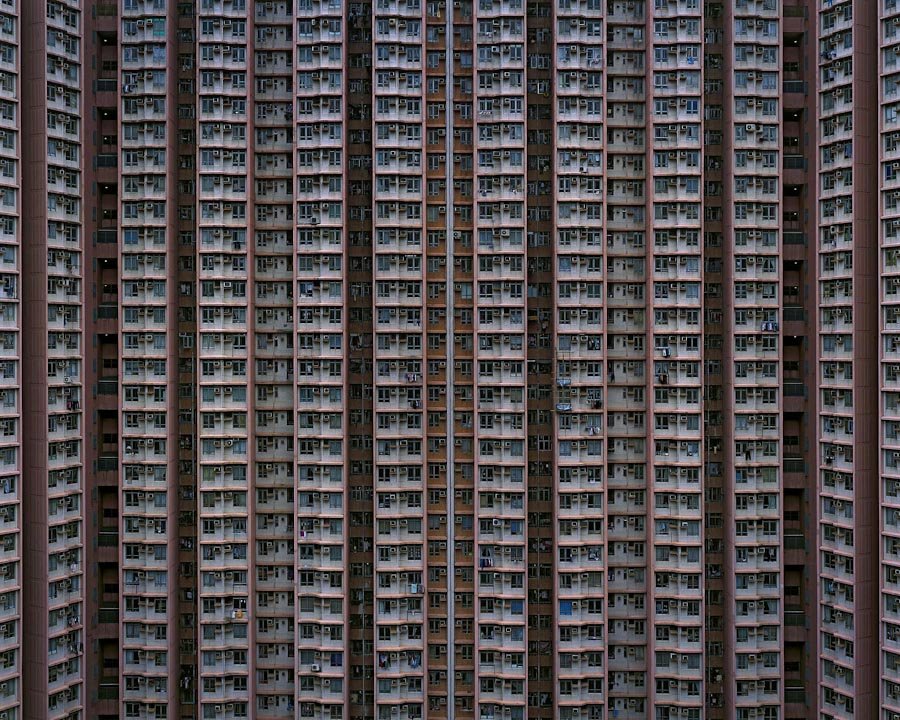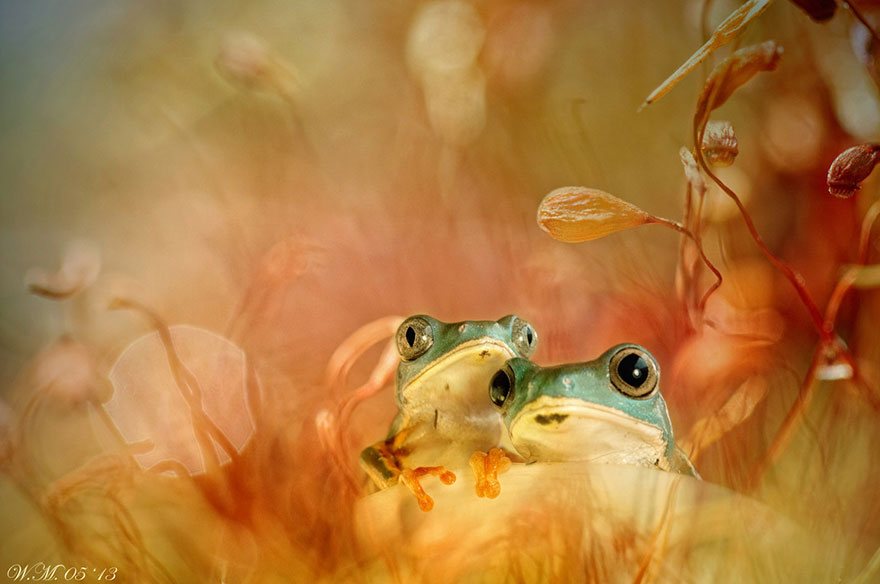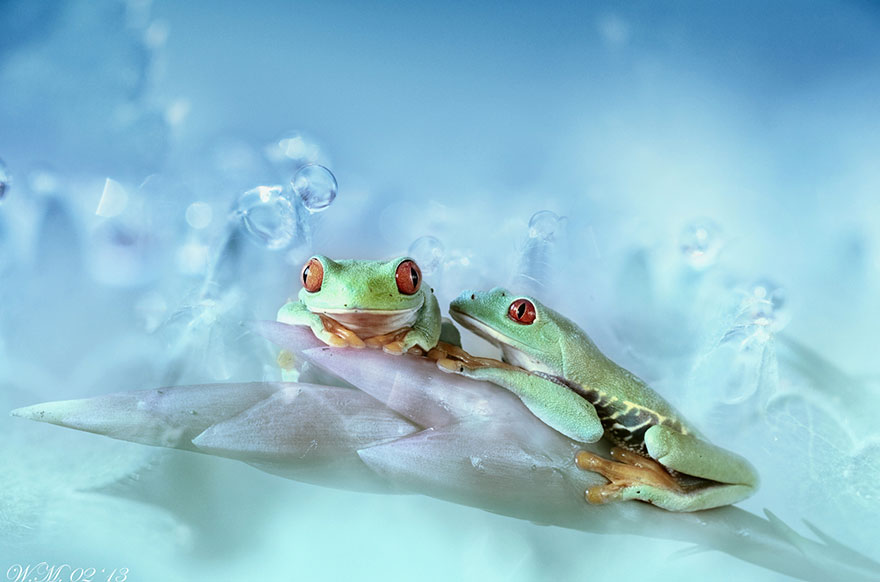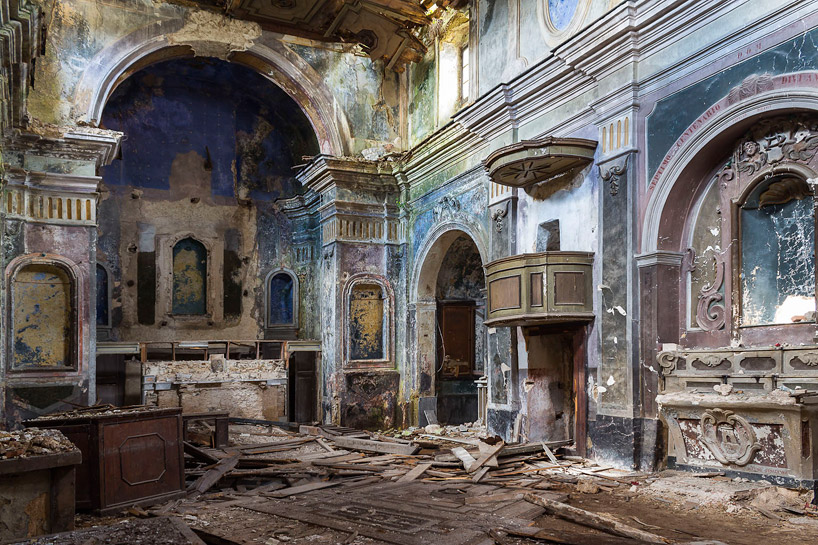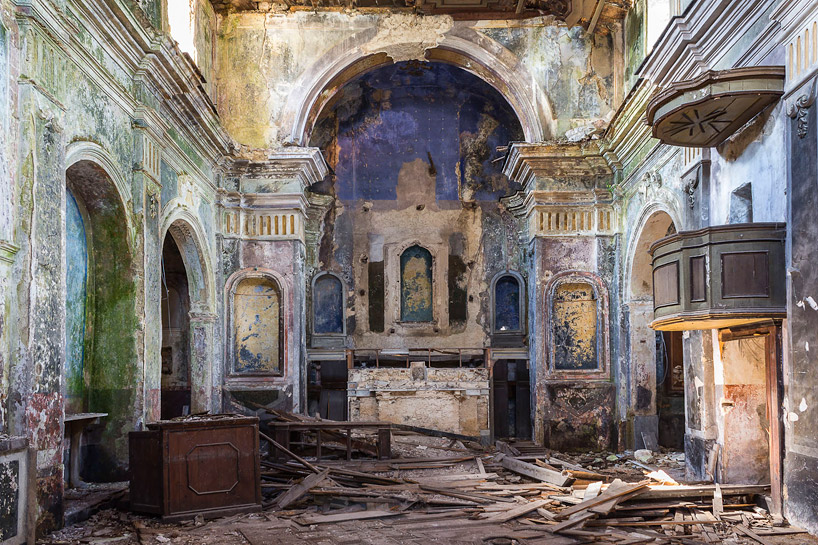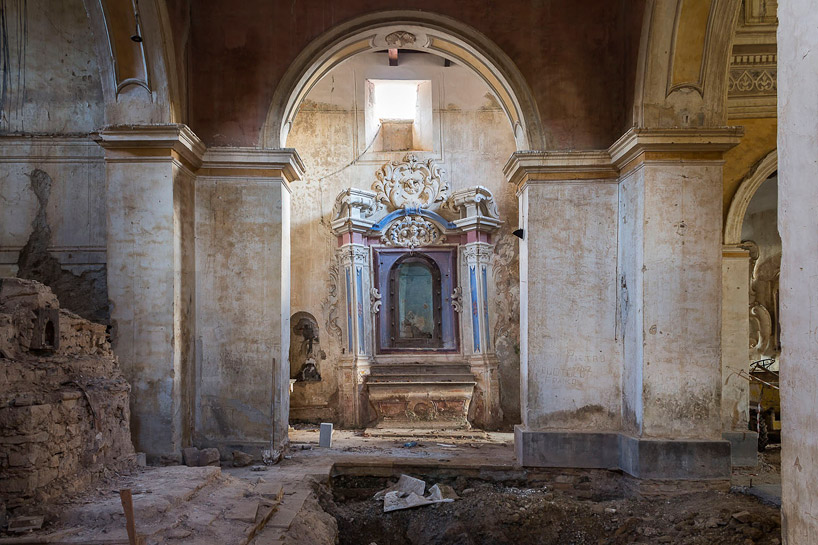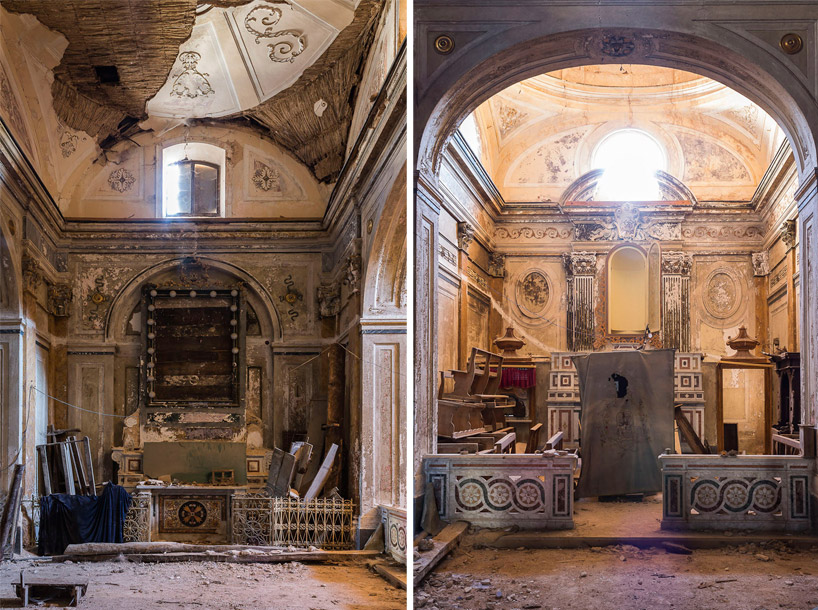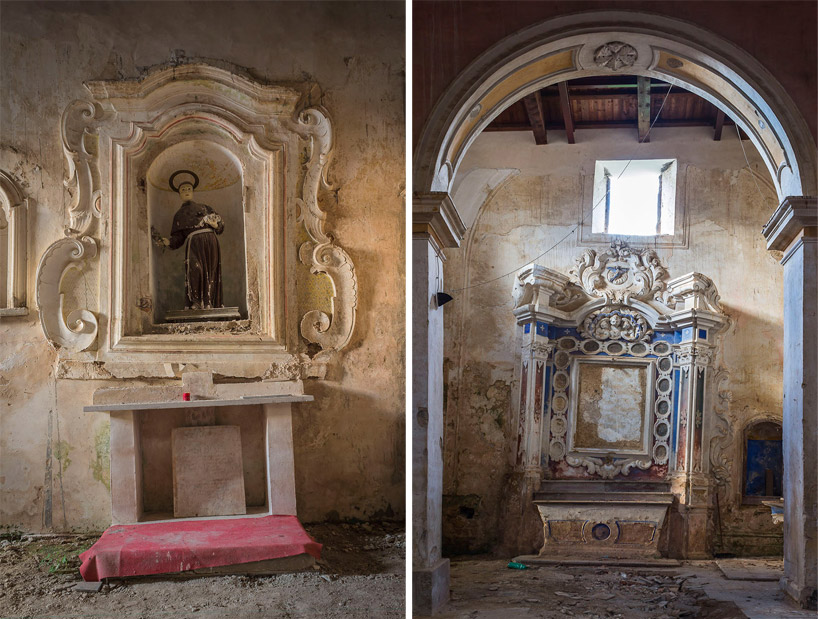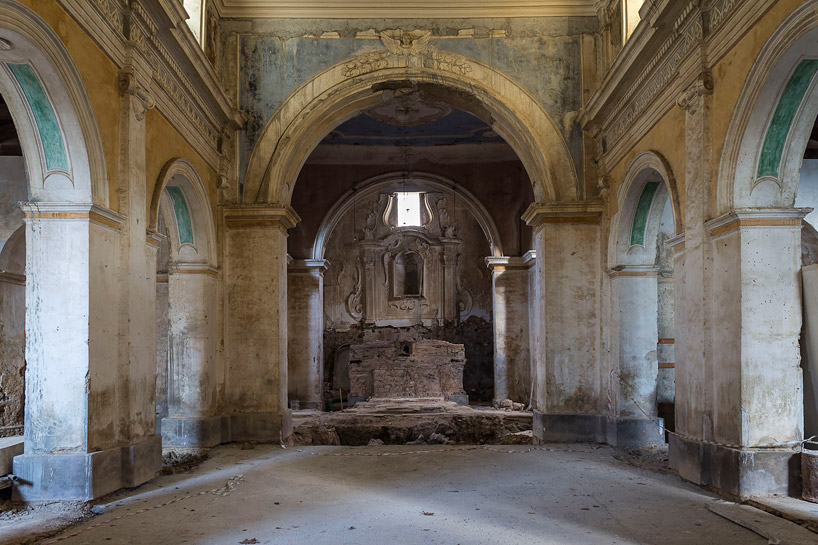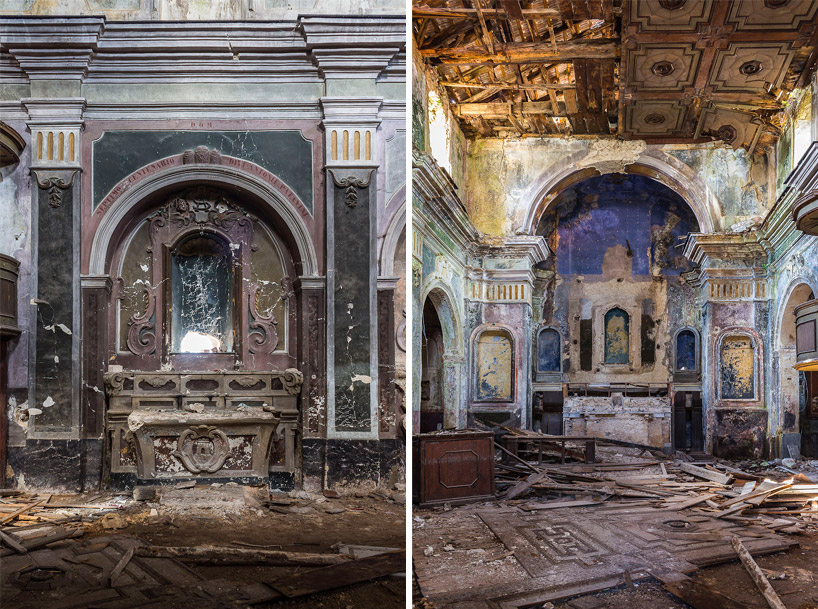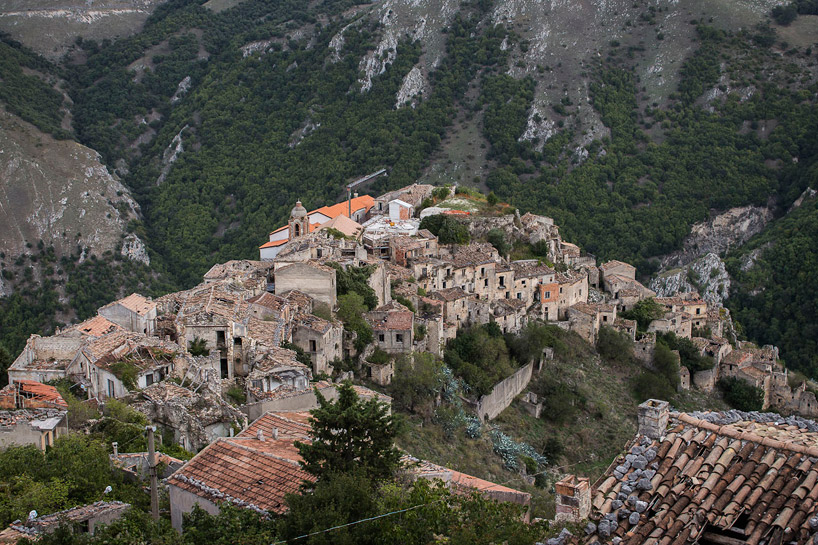Downstairs at the real Downton Abbey
SOURCE: www.lady.co.uk
Kelly Weatherley spent a year working as a housekeeper at Highclere Castle – otherwise known as Downton Abbey. Here she reveals what it’s really like behind the scenes
 Kelly WeatherleyMy husband and I were employed as a couple in Highclere Castle – he was a caretaker, and I was the assistant housekeeper. We worked there for a year in 2011, which was the first year of public opening after series one of Downton Abbey. Before Downton, on a good day the castle would receive 30 visitors. Once Downton had aired, this shot up to 1,300 per day. It was a bit of a shock for everyone.
Kelly WeatherleyMy husband and I were employed as a couple in Highclere Castle – he was a caretaker, and I was the assistant housekeeper. We worked there for a year in 2011, which was the first year of public opening after series one of Downton Abbey. Before Downton, on a good day the castle would receive 30 visitors. Once Downton had aired, this shot up to 1,300 per day. It was a bit of a shock for everyone.
When the cast and crew came to film the second series, everything closed to the public. They were there for a couple of weeks, and we had to make sure particular objects and pieces of furniture were out of the way so nothing got ruined. There were certain antique plates, which were worth more than £5,000, so they had to be stored away safely. The castle looks like a big place, but once you’ve got 70-plus people inside with filming equipment, it soon becomes rather less spacious.
The team of domestic staff is smaller than you might expect, too. There was a chef and an assistant chef, a butler, a banqueting manager and an assistant banqueting manager, the head housekeeper and myself, a couple of gardeners and a security person.
With just two housekeeping staff, we were always busy, and the work varied from day to day and from week to week. On the days we were open to the public, I started at 8 or 9 o’clock and would spend the first couple of hours dusting. There are all the rooms you see on Downton Abbey, such as the entrance hall, the library, the state dining room, and lots you don’t see, so it takes a while.

Of course, after you dust you have to vacuum (and that involves a lot of plugging and unplugging, because the cables are never long enough to reach across the large rooms). On a public day, the vacuuming would be one of the worst jobs. It was a constant effort to keep the place clean and minimise the wear and tear.
People always remark on how homely the castle is. There are of course all the priceless portraits and pieces of antique furniture, but there are also personal touches such as family photos. All the rooms have fireplaces, too, which is very cosy during the winter. The castle has a special feel – it is not remotely sterile, like other grand houses. My favourite room was the green drawing room (which you often see in Downton). It has pink sofas, a piano, and a lovely view on to the lawns and the rolling countryside beyond. When I first started there, I was in awe of the grandeur of it all, but you quickly get used to it. It is a very warm place.
Another part of my role was answering the door, and greeting any visitors. I would be responsible for informing the relevant person that their guest had arrived, and then making the tea and coffee. When members of the Downton Abbey cast were around, I would often make them tea, too. Dame Maggie Smith and Penelope Wilton (the Dowager Countess and Mrs Crawley) were the only two people allowed to sit in the morning room. Everyone else would drink tea from plastic cups, while they would sit on comfy chairs and drink from china teacups and saucers.
 When the film crew arrives at Highclere, certain items of value are kept out of the way
When the film crew arrives at Highclere, certain items of value are kept out of the way
All of the cast members were very polite. Some of them were more focused on learning their lines, but others would have a little chat with you. Hugh Bonneville (Lord Grantham) was charming and lovely, and I always thought Jim Carter (Carson the Butler) had an amazing voice. He was very easy to listen to.
There were a few visitors to the set. Alan Titchmarsh, Carol Vorderman, and Carole and Michael Middleton – they are big fans of the show. The show’s creator, Julian Fellowes, stopped by too, and he and his wife were funny and charming.
The castle has notable visitors throughout the year, not just when Downton is filming. Prince Harry has called in, as has the Queen. Of course, it is always kept very hush-hush. Lord and Lady Carnarvon (the owners of Highclere Castle) live in a house on the estate, but they stay in the castle when they have guests.
The relationship between the Lord and Lady and their staff is a lot more informal than the Downton era, but there is still an etiquette to follow. We would never call Lady Carnarvon by her first name, for example. As a member of staff, you’re in the background. It is almost as if you are watching someone else’s life and you are there to help make them comfortable and provide anything they might need. I would always make a point of bringing Lady Carnarvon her morning cappuccino.

I know we don’t use the word ‘servant’ any more but that’s what you are: a server. You’re there watching, observing and ready to do whatever they would like you to do. There’s still a hierarchy amongst the domestic staff, too. Everyone has their set role, and you have to be careful not to step on anyone else’s toes. At the same time, you have to be willing to pitch in. I remember one day when we had a group of American tourists and they wanted to go to the gift shop. I spent the afternoon gift-wrapping for them – and my goodness, were they big spenders.
I enjoyed our year there and it certainly gave me an insight into how the rich and famous live. The downside, however, is that you’re always at work, and it can get claustrophobic at times. We lived in a little cottage on the estate. If there was a bit of tension you couldn’t switch off because you live there, you work there – your whole life is there.
My husband and I could have renewed our contract but in the end we decided to move on. I will always have fond memories of it. Of course, I am a huge fan of Downton Abbey but I must admit, watching it being filmed does take away from the magic ever so slightly. Still, Highclere is a glorious place indeed.
The fifth series of Downton Abbey will be broadcast on ITV1 in the autumn.
See more stories at: www.lady.co.uk


